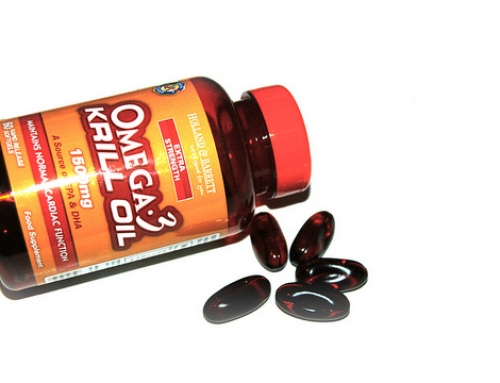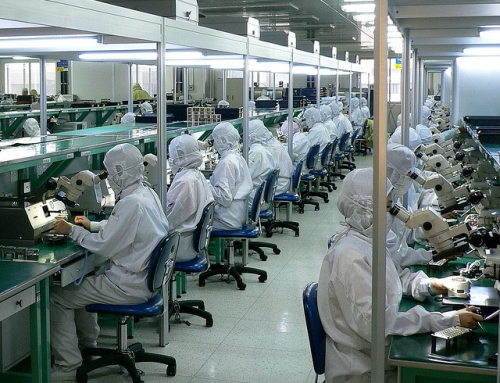According to an article in money.cnn.com on August 8, 2013, the price of shrimp has experienced a jumbo surge to nearly $6 a pound. That’s an all-time high. Shrimp prices are skyrocketing to all-time highs, amid a disease (Early Mortality Syndrome), that’s plaguing the three largest prawn producers: Thailand, China and Vietnam. White shrimp prices are nearing $6 a pound, up 56% from a year ago, according to an Urner Barry index.
Interestingly though, the Cadillac of crustaceans is cheaper than it’s been in a long time. Lobster prices, while still a lot higher than shrimp, have fallen recently. The world is facing an “acute shrimp shortage,” the worst of its kind since industrial shrimp farming emerged, say Rabobank analysts in a report aptly named “Shrimp in a crimp.”
Thailand is the world’s largest shrimp producer and has been hit hardest by the disease. The country alone supplies about 30% of the tropical shrimp in the United States and the European Union, and is expected to see its supply cut in half this year. Each year Americans eat an average of four pounds of shrimp per person, but consumption will probably drop in 2013, the Rabobank analysts say. “After a decade of explosive growth, the global farmed shrimp industry has reached a turning point,” they said.
And the disease isn’t the only thing pushing shrimp prices higher. In other news on the shrimp beat, the Commerce Department ruled Tuesday that China, Ecuador, India, Malaysia and Vietnam have all unfairly subsidized shrimp that’s exported to the United States.
The ruling could lead the U.S. to enact duties on shrimp from some of those countries, leading to even higher shrimp prices. It was welcomed by shrimpers in the Gulf Coast, who suffered setbacks from the BP oil spill three years ago and now struggle to compete with cheap shrimp farmed in Asia. American suppliers account for less than 10% of the shrimp consumed in the U.S.
More industry news from”The WEEK”.com on August 16, 2013 stated that a global shrimp shortage has sent the price of America’s favorite crustacean to an all-time high, despite a recent boom in the production of farm-raised shrimp.
A prawn-killing disease known as Early Mortality Syndrome has hit Thailand, Vietnam, and China, the three largest producers of shrimp in the world, sharply reducing supply. “After a decade of explosive growth, the global farmed shrimp industry has reached a turning point,” says Rabobank analyst Gorjan Nikolik.
The expected shrimp shortage is expected to last at least a year. High prices are expected to encourage increased production in other countries. India, for example, is expected to boost its shrimp exports to the U.S. by 69%. As a result of higher ex-vessel prices on domestic shrimp — as much as USD 1 (EUR 0.77) per pound higher than last season — many buyers are switching to smaller sizes to save money, according to Pearce.
Buyers report that gulf fishermen are simply catching less shrimp as well. “Last year, BP paid these guys (certain shrimping boats) a lot of money. They are not doing anything until the money is spent,” . In addition to Gulf fishermen catching less shrimp, the impact from disease problems overseas cannot be denied. Thailand’s U.S. shrimp exports fell from 39,352 metric tons (MT) for the first four months of 2012 to 30,000 metric tons (MT) this year. Buyers are also concerned about disease problems in Mexico and Indonesia.
In late May, the U.S. Department of Commerce (DOC) announced its preliminary determinations on frozen warm-water shrimp from China, Ecuador, India, Indonesia, Malaysia, Thailand and Vietnam. While Ecuador and Indonesia escaped without any collectable duties (most producers were assigned rates less than 1
%) the DOC found that many producers and exporters received counter vailable subsidies.
For example, in China, Zhanjiang Guolian Aquatic Products Co. and its affiliates received a rate of 5.76 %; all other producers and exporters in China were also assigned a preliminary subsidy rate of 5.76 %.
“Prices got higher all of a sudden when we filed the trade action. All of a sudden, producers are having these problems,” said a Gulf processor who did not want to be named. The processor was happy that Gulf shrimpers are fetching higher prices this year. “They need it. Imports have really done a number on our industry,” he said.
“While shrimpers are being paid more, Gulf shrimp processors are still struggling after the oil spill, according to Veal. The processors are the ones that are buying the high-priced shrimp and the margins that they are seeing have not changed. Continued pressure from imports leaves the margins razor thin. Sooner or later that has to change, or many of them simply won’t be able to exist.”
—
photo credit: Pink Sherbet Photography via photopin cc





